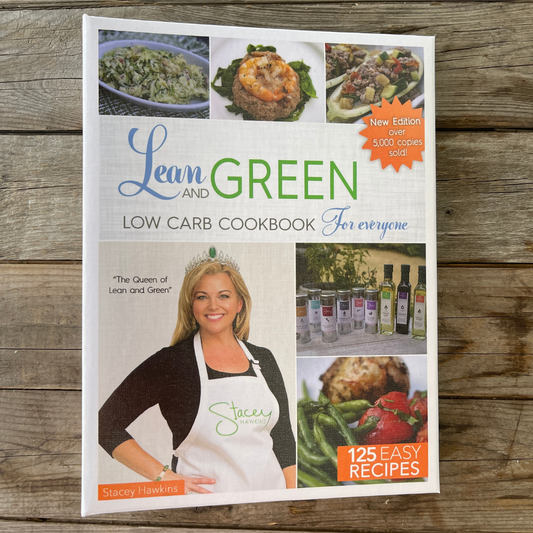It's a cutting board! What's the big deal?
I used to think exactly the same thing. As a home cook, I pretty much used the same couple of boards for everything and gave them a quick wipe in between uses. No biggie, right?
Then I took a food safety course at culinary school. What an eye-opener!
Professional kitchens practice rigorous food safety to do just that- keep us (and them) safe. This is especially true in the COVID age. Bacteria lurk everywhere & can slip into the tiniest of cracks.
The results can be disastrous, even in a home kitchen.

What to Do?
It's a good idea to have three main cutting boards in your kitchen.
One should be used for vegetables, fruits, other fresh produce and breads. The second is to be used exclusively for raw meats, fish and the like. The last is a smaller board used for cutting things like cheeses or other dairy & cooked items that could have similar bacteria.
Choose 3 boards that are different colors, or different styles for each preparation. This can keep you from getting confused and keep your boards as clean as possible.
Ok, so Acrylic, Glass, Marble, Plastic or Solid Wood?
That, is a completely personal preference. I personally shy away from glass because I feel they dull my knives rather quickly, and I just don't like the idea of accidentally dropping one. Use the boards you like best, just follow these simple guidelines:
- Clean cutting boards well after each use.
- Discard old cutting boards that have cracks, crevices and excessive knife scars.
What's the best way to take care of & clean my cutting boards?
- Always use a clean cutting board for food preparation.
- After each use and before moving on to the next step while prepping food, clean cutting boards thoroughly in hot, soapy water, then rinse with water and air dry or pat dry with clean paper towels.
- Plastic, glass, nonporous acrylic and solid wood cutting boards can be washed in a dishwasher (laminated boards may crack and split).
- After cutting raw meat, poultry or seafood on your cutting board, clean thoroughly with hot soapy water, then disinfect with chlorine bleach or other sanitizing solution and rinse with clean water.
- To disinfect your cutting board, use a fresh solution of 1 tablespoon of unscented, liquid chlorine bleach per gallon of water. Flood the surface with the bleach solution and allow it to stand for several minutes. Rinse with water and air dry or pat dry with clean paper towels.
- All cutting boards eventually wear out. Discard cutting boards that have become excessively worn or have hard-to-clean grooves. These grooves can hold harmful bacteria that even careful washing will not eliminate.
While it may seem to be a bit of overkill, I promise, it's not. Following these simple protocols will help keep you, your kitchen and those you cook for safe and healthy.
Happy Cooking!
Stacey


